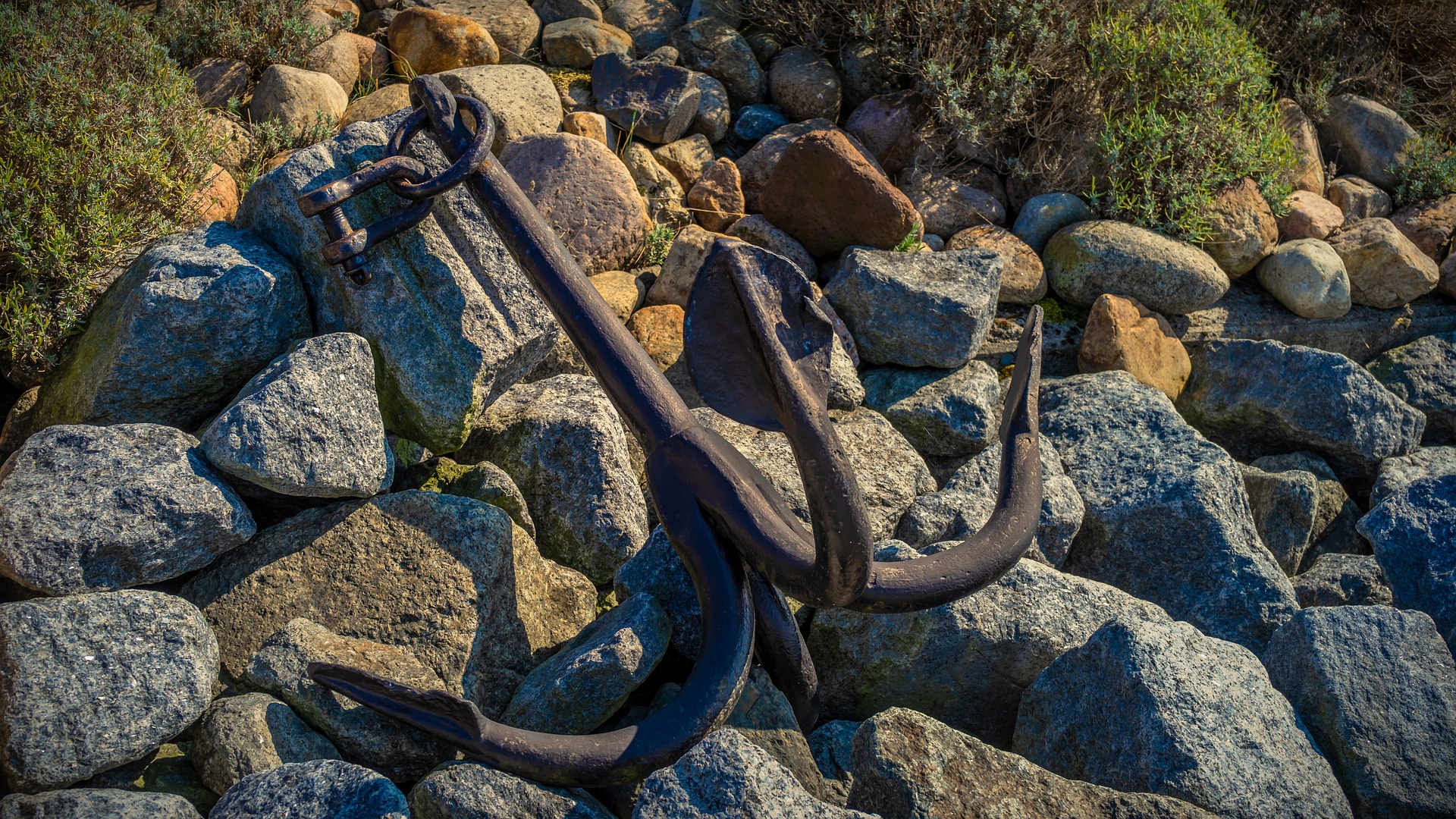Steel is the world’s most important engineering and construction material. It is used in every aspect of our lives; in cars and construction products, refrigerators and washing machines, cargo ships, and surgical scalpels. It can be recycled repeatedly without loss of property.
According to the World Steel Association, there are over 3,500 different grades of steel, encompassing unique physical, chemical, and environmental properties.
In essence, steel is composed of iron and carbon. A steel’s grade is determined by the amount of carbon, what other alloys it contains, and the way it has been processed.
The carbon content in steel can range from 0.1%-1.5%, but the most widely used grades of steel contain only 0.1%-0.25% carbon. Elements such as manganese, phosphorus, and sulphur are found in all grades of steel, but, whereas manganese provides beneficial effects, phosphorus and sulphur are deleterious to steel’s strength and durability.
Steel grading systems provide a way to categorize steel based on all the different factors that can influence its properties and uses. For instance, the rate steel is cooled can impact how its molecules are joined together, as can the amount of time the steel is held at several critical temperature points during the cooling process. It is possible for two steels with the same alloy content to have different grades based on this heat-treatment process.
Steel grading standards are widely used by scientists, engineers, architects, and government agencies to ensure quality and consistency of materials. These standards provide a common language to communicate the properties of steel with great specificity and guide product manufacturers toward proper processing and application procedures.
Which Steel Grade is Best for the Fishery?
Steel can be broadly categorized into four groups based on their chemical compositions:
- Carbon Steels
- Alloy Steels
- Stainless Steels
- Tool Steels
These four contemporary groups of steel are categorized into grades by national and international standards organizations. These standards are the foundation on which engineers rely when using steel in their structures. They set out the composition, mechanical properties, tolerances on dimension, manufacture method, and quality control provisions.
Among these four groups, stainless steel is recommended for marine applications as it contains 10–20% chromium as its alloying element and has high corrosion resistance.
Marine Grade Stainless Steel (Grade 304 and Grade 316)
One of the biggest threats to the steel used by fishermen is saltwater. Over time, saltwater can greatly affect even the strongest metals, causing them to rust, corrode, and ultimately fail. While all grades of stainless steel have some corrosion resistance qualities, marine-grade stainless steel (Grade 304 and Grade 316) is more suitable for marine environments. Unlike other metals, marine-grade stainless steel has the superior quality of being resistant to rust and corrosion. Since fishing equipment is constantly submerged underwater, it must be constructed with marine-grade stainless steel to stay strong and intact for the important jobs they have to do.
Grade 304 and Marine Grade 316 stainless steel both contain similar amounts of chromium which give them their anti-corrosive properties, but Grade 304 is more susceptible to corrosion than Marine Grade 316 because it lacks one important extra ingredient: Molybdenum.
Molybdenum is a hard, silver-white metallic element used to toughen steel and increase corrosion resistance in nickel alloys.
The addition of this ingredient gives Marine-grade 316 superior corrosion resistance to other chromium-nickel steels when exposed to chemical corrosives such as seawater and brine solutions. Like Grade 304, it’s is also durable, easy to fabricate, clean, weld, and finish, but unlike Grade 304, it provides greater protection from salt spray and brine.
We do our homework at Clare Machine Works and choose only the best materials to provide you with a superior finished product.

